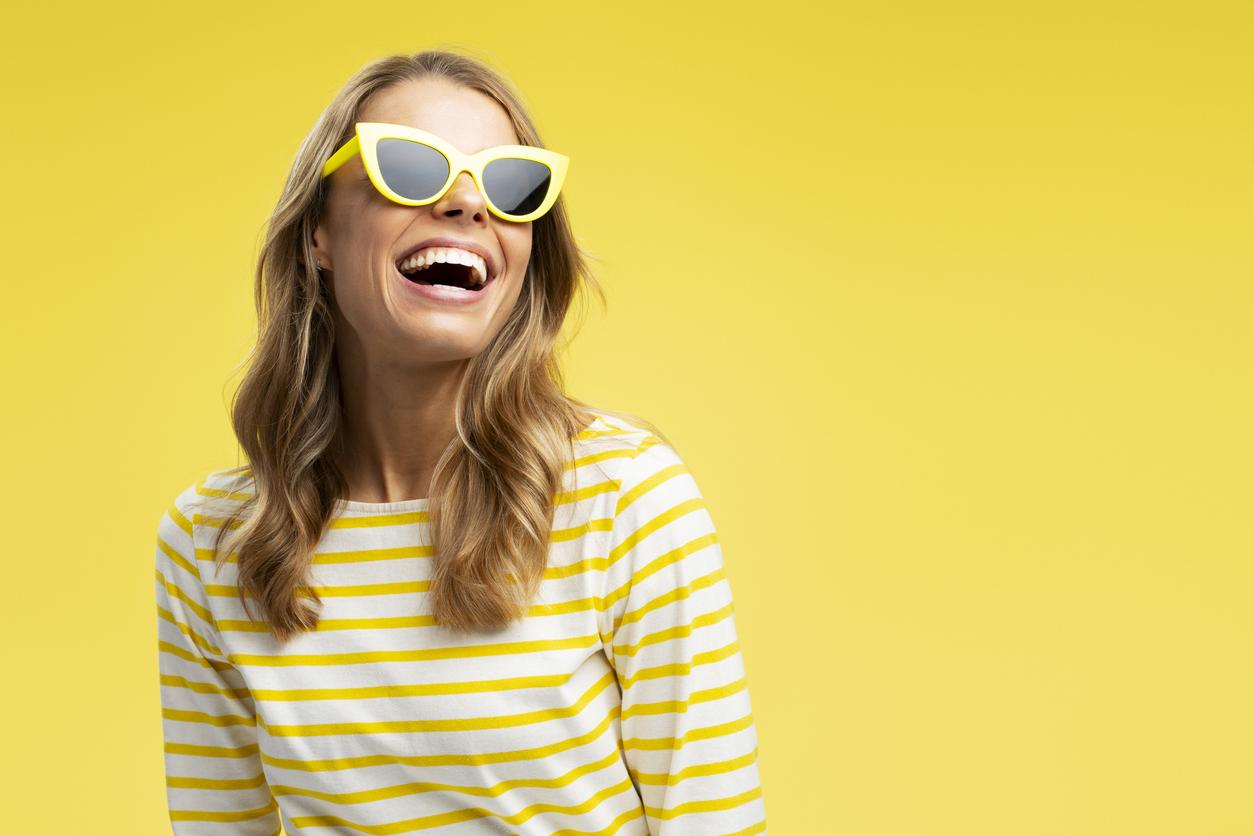The methods used by manufacturers of so-called “water-resistant” sunscreens leave something to be desired, according to a British consumers’ association.

The summer vacation season is officially open. A large number of vacationers are about to take the path to the beach. In their suitcases, the traditional sunscreen that is applied meticulously on every square centimeter of skin to avoid sunburn. And of course, the famous water-resistant creams that promise us optimal protection even after several swims.
But the protective quality of these creams would leave something to be desired. British Consumers Association Which? recently pointed to ineffective methods by manufacturers testing these products to assess resistance to UVB rays in moving fresh water for 20 minutes.
The sun protection factor decreases in contact with water
For optimum protection, resistance to UVB rays should not decrease below 50%. However, demonstrates the association, which tested two of the so-called “waterproof” creams, these products quickly lose their protective properties on contact with water. One of the sunscreens has indeed seen its sun protection factor (SPF) drop by 59% in salt water and moving water.
Under tap water, the SPF of another cream fell by 21% and the other by 40%. As recalled France Info, from previous research have also proven that the protection index of these creams is really effective only for parts of the body immersed in water.
In all cases, and even if the waterproof mention remains preferable to a classic sunscreen, it is necessary to iron the cream on the body once you get out of the water or after prolonged contact with the sand. to protect his skin.
How do you make sure that a sunscreen is effective?
To make sure that you choose a really effective sunscreen, it is important to read the label carefully. The most famous mention is the sun protection factor (SPF or SPF). It translates into an index, from 6 to 50+, which informs the screen against UVB rays. This index expresses the multiplication factor of the time that elapses before the onset of sunburn.
For an individual with fair skin, it takes 10 minutes for the skin to turn red. An index of 15 therefore gives protection for 150 minutes. The UVA filter is also regulated: it must correspond, at least, to one third of the SPF. The “UVA” symbol is then circled. In all cases, the protection is not total.
The arguments “full screen” and “100% protection” are therefore false. In recent years, two other mentions appear in the arguments of sunscreen manufacturers. Some put forward the use of mineral filters. They replace chemical filters, released during contact with water and harmful to algae. Not very toxic for the environment, they protect less well against UVA. Nanoparticles can also be indicated on packaging, their mention being mandatory since 2013. But in fact, few brands admit to using them.

.

















